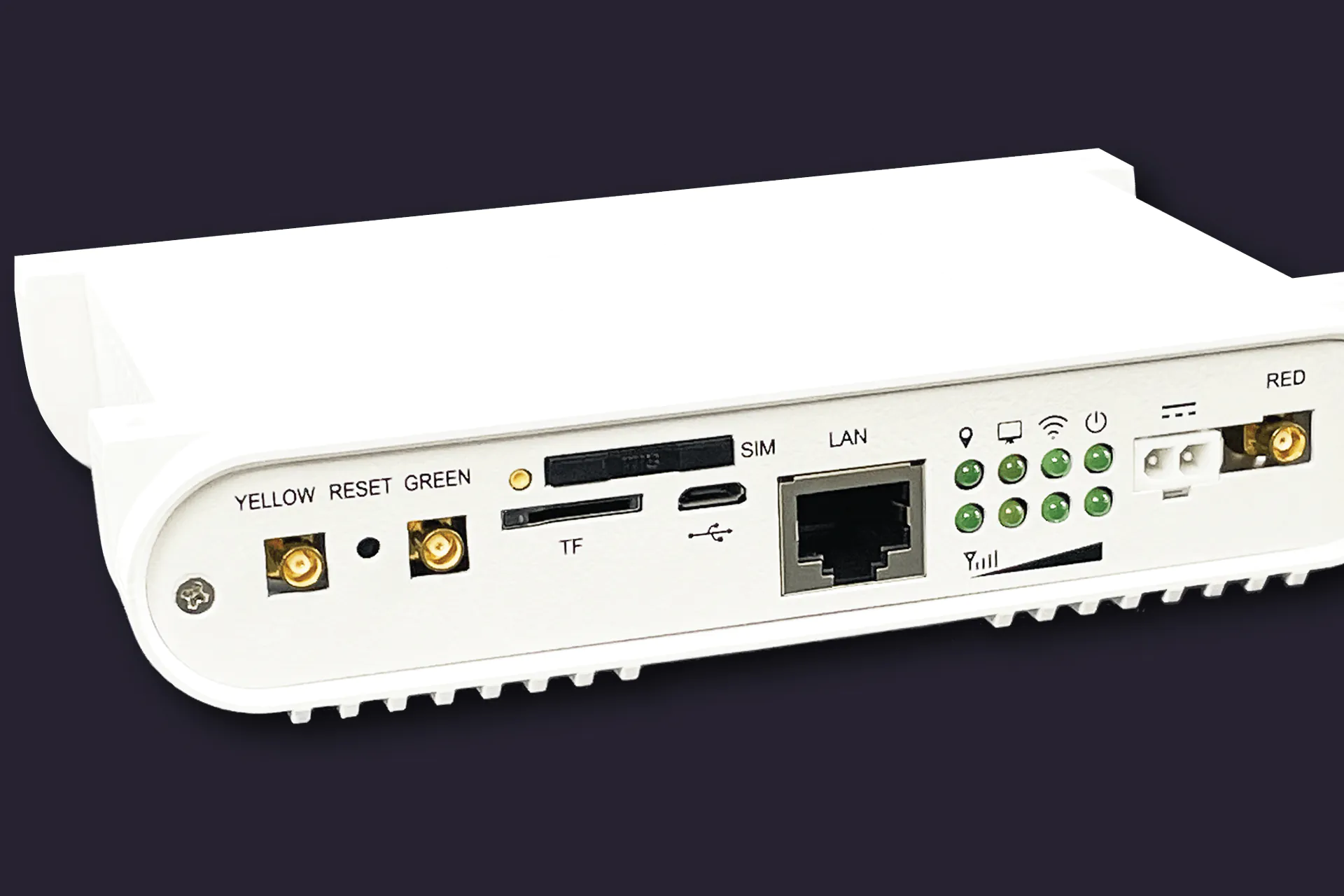When it comes to staying connected on the go, WiFiRanger is a popular choice for RVers and mobile internet users. However, like any technology, it can experience issues. This article explores common WiFiRanger problems and solutions, providing you with the tools to maintain a reliable connection. Whether you’re dealing with connection drops, slow internet speeds, firmware update failures, or difficulty connecting devices, we’ve got you covered.


Common WiFiRanger Problems
1. Connection Drops
One of the most common WiFiRanger problems is connection drops. Symptoms include frequent disconnection from the network and intermittent connectivity, especially during peak usage times. Several factors can cause these issues, including signal interference from other electronic devices, outdated firmware, and network congestion.
2. Slow Internet Speeds
Another prevalent issue is slow internet speeds. Users may experience lag while browsing or streaming, as well as prolonged loading times for web pages and apps. Causes of slow internet speeds can include weak signal strength, data throttling by the Internet Service Provider (ISP), and multiple devices connected simultaneously.
3. Firmware Update Failures
Firmware update failures can also be a significant problem. Symptoms include the inability to update the firmware and error messages during the update process. Common causes of firmware update failures are an unstable internet connection during the update, insufficient storage on the device, and corrupted firmware files.
4. Difficulty in Connecting Devices
Difficulty in connecting devices to the WiFiRanger network is another issue users frequently encounter. Symptoms include the inability to connect new devices to the network and connection requests timing out. This problem can stem from incorrect network settings, IP address conflicts, and network capacity limitations.
Solutions to WiFiRanger Problems
1. Resolving Connection Drops
To resolve connection drops, follow these solution steps:
- Reduce Interference: Place your WiFiRanger away from other electronic devices like microwaves, cordless phones, and baby monitors to minimize interference.
- Update Firmware: Ensure your WiFiRanger firmware is up to date by downloading the latest version from the official WiFiRanger website and following the update instructions.
- Change Channel: Access the WiFiRanger settings and change the wireless channel to one with less interference. Channels 1, 6, and 11 are generally less crowded.
2. Improving Internet Speeds
Improving internet speeds involves the following steps:
- Optimize Placement: Position your WiFiRanger in a central location, elevated and free from obstructions to enhance signal strength.
- Limit Connections: Disconnect unnecessary devices from the network to reduce bandwidth consumption.
- ISP Contact: Reach out to your ISP to ensure you are on an appropriate plan and inquire about any potential data throttling.
3. Successful Firmware Updates
To ensure successful firmware updates, consider these steps:
- Stable Connection: Ensure your internet connection is stable before initiating the firmware update. Use a wired connection if possible.
- Free Up Space: Check the available storage on your WiFiRanger and delete unnecessary files or logs to free up space.
- Download from Official Sources: Always download firmware updates from the official WiFiRanger website to avoid corrupted files.
4. Connecting New Devices
Connecting new devices to your WiFiRanger network can be done by following these steps:
- Check Network Settings: Verify the network settings, including the SSID and password, to ensure they are correct.
- Resolve IP Conflicts: Reboot the WiFiRanger to clear any IP address conflicts. Assign static IPs if the problem persists.
- Expand Capacity: Consider upgrading your WiFiRanger model or adding a network extender if you regularly connect many devices.
Preventive Measures for Optimal Performance
To avoid future issues with your WiFiRanger, implement the following preventive measures:
- Regular Maintenance: Regularly check for firmware updates and install them promptly. Perform periodic reboots to clear temporary issues.
- Secure Network: Use strong passwords and enable network encryption to prevent unauthorized access.
- Monitor Usage: Keep track of the devices connected to your network and manage bandwidth usage effectively.
Conclusion
WiFiRanger is a powerful tool for maintaining connectivity on the go, but like all technology, it can encounter problems. By understanding the common issues and implementing the solutions provided in this guide, you can ensure a seamless and efficient experience. Regular maintenance and proactive measures will help you get the most out of your WiFiRanger, keeping you connected wherever you are.
Whether you’re troubleshooting connection drops, addressing slow internet speeds, overcoming firmware update failures, or resolving difficulties in connecting new devices, this comprehensive guide on WiFiRanger problems and solutions will help you maintain a reliable and robust network. By staying proactive and attentive to your WiFiRanger’s performance, you can enjoy uninterrupted connectivity and make the most of your mobile internet setup.